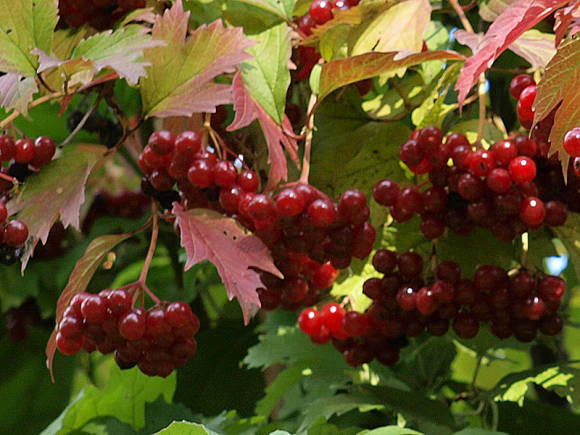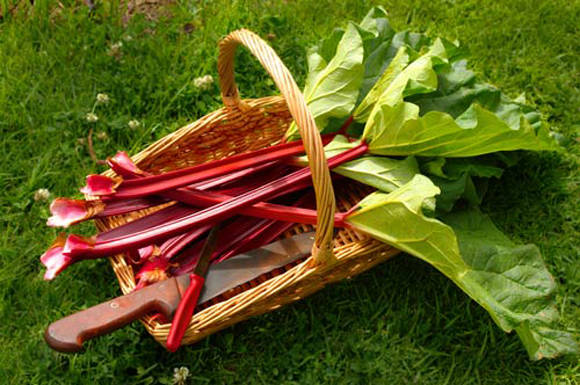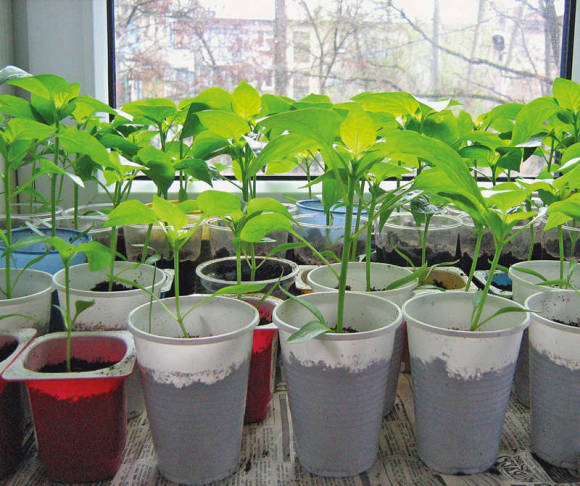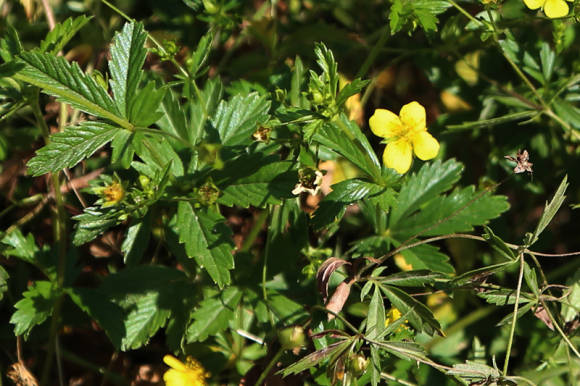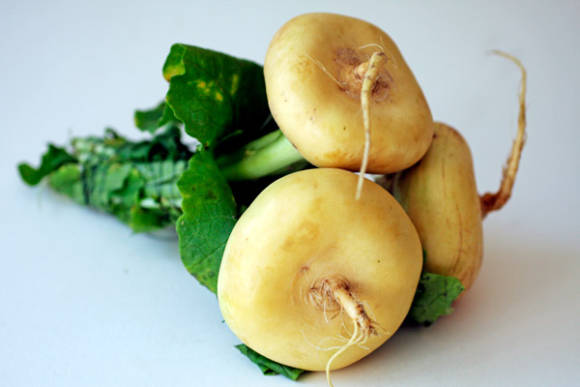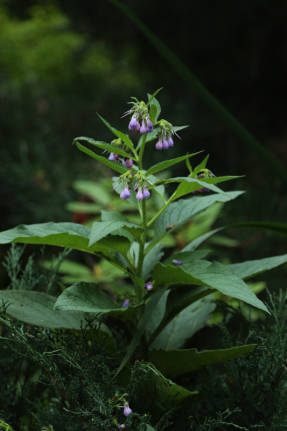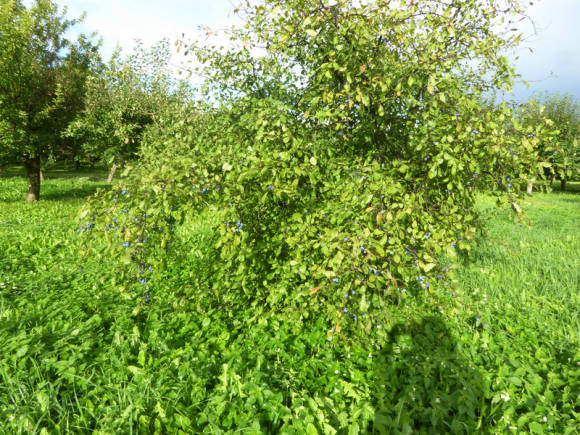 |
Most kalatea (see Calathea), like all representatives of the arrowroot family, are distinguished by luxurious leaves, their pattern is very diverse and often resembles the coloring of feathers of exotic birds. Some species are also valued for their beautiful inflorescences. High decorative qualities made calatheas very popular and desirable indoor plants, however, it is possible to preserve the beauty of acquired calatheas only when certain conditions are created.
In nature, these plants are found in warm and humid tropical forests, jungles, where they grow under the canopy of tall trees. And at home, they also require high humidity, year-round warmth, bright ambient light and regular watering. Varieties with glossy leaves are the most resistant at home. And species such as Varshevich's calathea and striped calathea, having velvety leaves, react extremely negatively to the dry indoor air.
Illumination. Calathea prefer bright diffused light; direct sunlight on the plant causes burns. Poor lighting can blur the leaf pattern, while stronger lighting will make the leaves smaller and may lose color saturation. It is optimal to place calatheas near the eastern and western windows; in the southern ones in summer, mandatory protection from the sun is required. Calatheas can also grow under artificial lighting with a light period of about 14 hours. In winter, it is necessary to supplement the illumination of plants with phytolamps to increase the level of illumination and the length of daylight hours.
Air humidity should be about 70-90%, it is possible to achieve consistently such parameters only in greenhouses, special flower showcases, florariums. Often, it is the dry indoor air that is an insurmountable problem when growing kalata. In open areas, it is often necessary to spray the air from a fine spray next to the plant, since the leaves of many varieties can become stained from moisture droplets on them. But even frequent spraying and pallets with expanded clay cannot provide the required air humidity in the room - the leaves of kalata, especially in varieties with velvety surfaces, can dry out at the edges.
Temperature conditions. Calatheas are thermophilic plants, they require constant moderate heat, within + 22 + 26оС. Even in winter, it is undesirable to allow the temperature to drop below + 18 ° C, as well as cooling the roots, strong and cold drafts. Calatheas do not tolerate too high temperatures, above + 30 ° C. It is not recommended to take calatheas out into the open air in summer, they do not tolerate sudden jumps in day and night temperatures and other conditions.
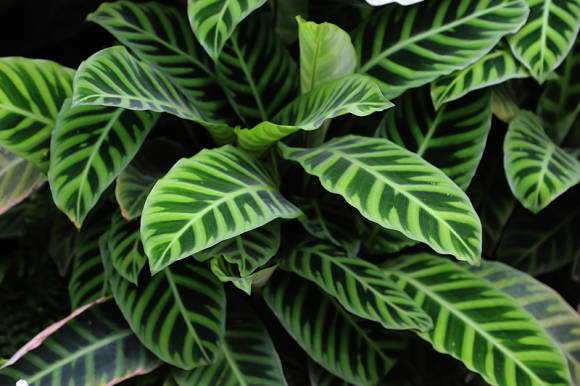 |
Watering in the warm season, regular, moderate, after the top layer of the soil dries out. Do not allow stagnation of water in the pot and pan. The substrate in the pot is watered from above with warm, settled soft water, trying to avoid water getting on the leaves. Hard water is acidified with lemon juice every few waterings, 1-3 drops per liter. In cool conditions, reduce the abundance and frequency of watering, trying to avoid root rot.
Top dressing carried out only during the growth of kalata, in the warm and light seasons. If it becomes cool in the room and not enough light, then feeding should be reduced or completely canceled. It is advisable to divide the monthly dose of fertilizer by the number of waterings per month and apply this small portion with each watering. Fractional fertilization will prevent severe soil salinization and root burns and will always meet the needs of the plant at the moment, since it directly depends on the growing conditions. The better the conditions for growth are, the more actively the plant absorbs water and minerals, the more often it should be watered and fed at the same time.The optimal ratio of nitrogen-phosphorus-potassium (N-P-K) in kalata dressings is 3-1-2. Excess potassium leads to mottling and a decrease in the intensity of the color of the leaves. The composition of fertilizers must include trace elements.
Soil and transplants. For kalata, a light and well-drained moisture-absorbing soil is required; it can be composed of 3 parts of peat and 1 part of sand or perlite. The addition of leaf humus, as well as coniferous litter, which will acidify and loosen the soil, will have a good effect. The acidity of the soil (pH) must be maintained at about 6.5. There is no need to completely change the substrate after purchasing the plants, since they are planted in high-moor peat suitable for kalata with the addition of fertilizers. Substitution of soil causes severe root trauma, which can lead to long-term illness or death of the plant. Young plants are transplanted once a year in the spring by neat transfer into a slightly larger pot, if their root system has mastered the volume well. Adult plants are transplanted every few years, but every year they change the topsoil to a fresh one.
Read more in the article Transplanting indoor plants
Reproduction kalateipossibly by seeds and division of rhizomes. With a strong growth of underground shoots during transplantation, the calathea can be divided into several parts.
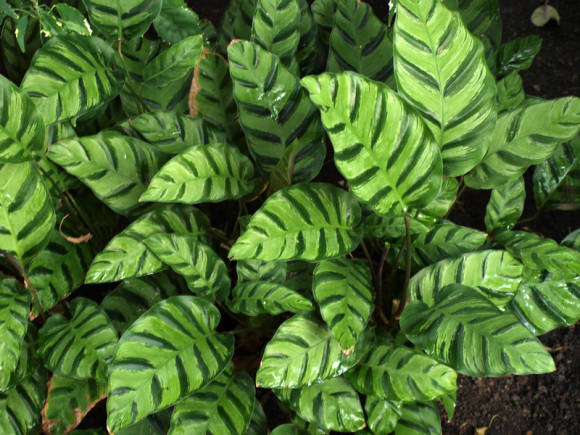 |
Possible problems with growing, diseases of kalata
- Drying of leaf edges, necrosis... The reason may lie in too dry air, insufficient lighting, alkalization of the soil, excess fertilizers. Normalize care.
- Leaves turn light... The cause may be chlorosis, which occurs due to a lack of mineral nutrition, especially nitrogen, or alkalization of the soil. Excessive lighting can be another cause of light colored leaves. Feed the plant or reduce the light if necessary. You may need to feed with chelated iron.
- Whitish leaves appear when affected by a tick. A mealy bloom is possible on the underside of the leaf. It is necessary to wash off the pests with warm water, improve the conditions of detention, and treat with acaricides in case of severe damage.
- Leaves are rolling... The reason is insufficient watering. Adjust watering, the soil should always remain slightly damp.
- Watery black-green spots on the leaves, sometimes with a yellow border; watery areas along the veins on the leaf... The reason is bacterial damage. Avoid waterlogging of the soil, immediately treat with antibiotics (tetracycline - 500 mg / l or trichopol - 1t / 2l). The disease can be very transient.
- Leaf spot often caused by pathogenic fungi. Dark spots are usually small and solitary, but they can merge with each other. When spots appear on the leaves, watering should be adjusted, the leaves should not get wet, the plant should not be overcooled, and treated with fungicides.
- Rot of the base of the stem, yellowing and wilting of the lower leaves is fusarium wilting. The disease is practically not amenable to treatment, it is better to replace a diseased plant.
- Sugar droplets or crystals on the underside of the leaf are not a sign of calathea disease. Under unfavorable conditions, there can be a lot of such secretions. Pay attention to whether the plant is affected by the scale insect, mealybug or aphids, which also leave a sweet discharge.
- Defeat by saboteurs. Mealybugs, aphids, scale insects, mites can parasitize on calatheas.
Details on pest control measures - in the article Houseplant pests and control measures

